I’m not an impulse shopper, but I can tell you that, on occasion, I’ve bought something purely based on the packaging.
One such instance was with Izee, the sparkling fruit juice.
I’m not much into sparkling drinks, but the colorful, splashy packaging drew me in. The next thing I know, I’m purchasing a four-pack.
Izze’s peppy packaging looked like happiness personified.
I could see myself sipping some Izzes while hanging out with friends at the park or the beach. And lo and behold, once I popped over to their website that’s exactly the message that they wanted to convey.
Now, that’s effective marketing – and it all comes down to design.
No matter what you’re selling, your packaging really needs to speak to your customers. That’s why it’s important to spend some time thinking about what colors you want to use, which fonts will work best, and the size and placement of your logo.
Don’t forget that usability is also a consideration with the design. Sure, you want your packaging to be beautiful, but you don’t want your customers frustrated while opening up the package.
If done right, beautiful and practical packaging design can help you pump up your sales. So, let’s get down to it and find out how you can make the most of your packaging design.
Why Box Design Matters
A compelling design can set your products apart from the rest and set the whole tone for your customer’s experience. A design can tell your story and why you’re special. Different elements of design will appeal to different people.
You have such a short time to grab your customers’ attention – eight seconds, by some estimates – so your design should quickly convey what you want your customers to know or feel about your product.
Consider color. Colors are one of the most important design elements. A color can convey a mood and draw in or turn off customers. When coming up with your packaging design spend a little time studying color psychology (yes, it’s a thing).
Are you looking for a certain feel for your packaging?
Here are some of the emotions these common colors evoke when used in branding materials:
- Yellow is cheerful and happy.
- White is considered pure and clean.
- Black represents authority, elegance, and mystery.
- Red conjures up feelings of excitement and passion.
- Orange represents creativity and adventure.
- Green makes one think of nature and tranquility.
- Blue can represent calmness, peace, and loyalty.
Basics of Packaging and Box Design
First off, you need to know what your product is.
Don’t underestimate the importance of ensuring that your design takes into account what you’re selling. Consider things like the size and shape of your products, as well as whether your items are fragile, or even perishable.
Next, consider who your ideal customer is.
A conservative retiree probably isn’t looking for bold, in your face design, whereas a young, hip teen isn’t going to be happy with a muted, staid design. Remember it’s all about your customer—not yourself. You may love the color red, but will your customers feel it’s too bold?
Now comes the fun part:
How are you going to make your packaging design stand out and attract new customers while retaining your already established ones? Start by doing a little style research.
Take a walk down a grocery aisle or your favorite department store, and think about what kind of packaging catches your eye. You’ll probably notice that a certain vibe – maybe it’s a bright color, or an unusually-shaped box, or a retro font – draws you in.
Pinterest is also a great place for inspiration. Take a look at the box design your competitors are using. Do you think it’s effective? You obviously never want to copy anyone’s design, but researching the competition can get your creative juices flowing.
Start With the Right Box
What’s the first thing your customers will see when your product arrives at their home?
That’s right, it’s the box.
That’s why it’s essential that in addition to keeping your goods secure, your box also reflects who you are.
If you can, you want to make use of all sides of the box. You never know how your box will be stacked. It could be stored sideways, so having your name on all sides will ensure it’ll get noticed. The sides are a great place to reinforce brand identity, by putting your location, website, social media URLs and more.
Dust flaps – the little panels of cardboard on either side of the lid – are another little area you can use to infuse some style. Try filling these with your brand colors or a pattern. Something as simple as using colors in the interior of the box can add a lot of interest and enhance the customer experience.
It’s a delicate balance. You don’t want to bombard your customers with too much color, or information. But on the other hand, you don’t want to leave any wasted space.
Make Your Logo Pop
Your logo is one of the most important elements that sets you apart from your competition. You’ve no doubt put a lot of thought into your logo design, so you want it to shine on your box and other packaging.
There are several options – at varying price points – to get your logo front and center on your custom boxes.
One decision you’ll have to make is what scale you want to use. If you’re going with a printed box, you may opt for a wrapped logo or continuous design around the sides of the box. Or maybe you prefer a full-bleed logo, which means it goes from edge to edge.
And even if money is tight, you can still get your logo on the box without having it printed on there. Stickers or a large stamp are inexpensive, but can still effectively promote branding.
Inside the Box
Your packaging design shouldn’t end with the outside of the box.
You want the full customer experience to continue inside the box as well. You can do this by continuing the branding design elements you used on the outside. A high-end option is to continue the patterning you used on the exterior inside the box. Using the inverse of the exterior pattern is also an effective option.
But branding inside the box doesn’t have to be expensive. Simple things like using tissue paper in brand colors, ribbons, or a simple thank you note can have a big impact.
The Practical Side
The design isn’t just about beauty. Practicality is also important. You need to consider fulfillment issues.
Is it taking your employees an exorbitant amount of time to get those boxes packed up and out the door? If so, you may have to reevaluate and simplify your packaging. After all, time is money.
Your carefully designed packaging also needs to protect your items. It doesn’t matter how gorgeous your packaging looks, if a customer receives an item in broken pieces, that’s all they’re going to remember.
And let’s not forget, money matters.
If you’re running a successful business you want to stay in budget. Take into account one-time costs, such as hiring a designer, as well as your per-item costs, such as printing boxes and shipping costs.
Conclusion
The right packaging design will help you grow brand awareness and connect you with your customers.
Inspiration is everywhere.
You don’t need an MFA to have beautiful packaging design.
So get out there and design those boxes.
Ready to think outside the box? Let's get started!
Get in touch with a custom packaging specialist now for a free consultation and instant price quote.


.svg)
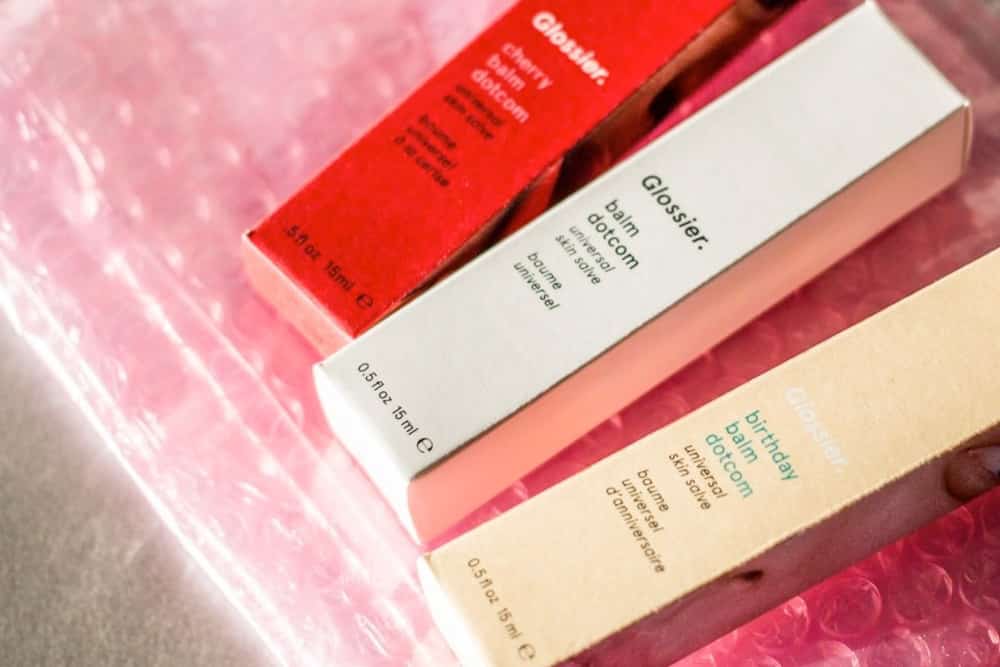


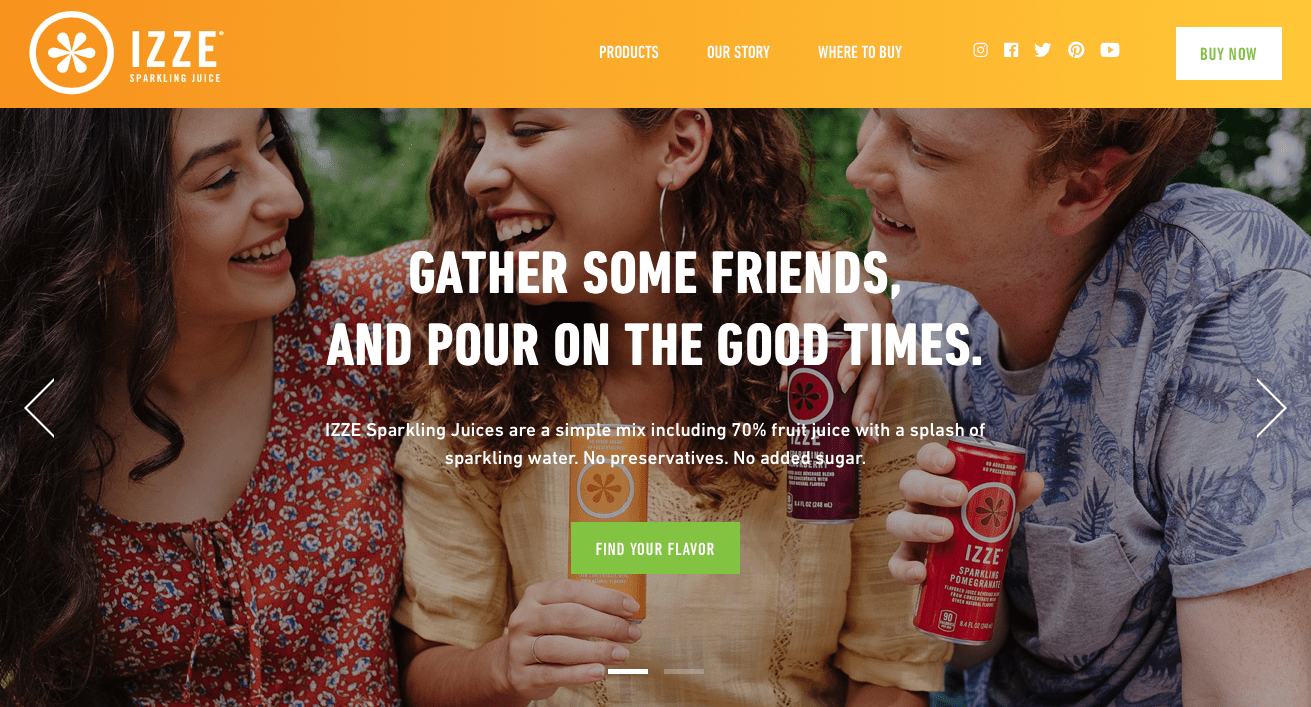
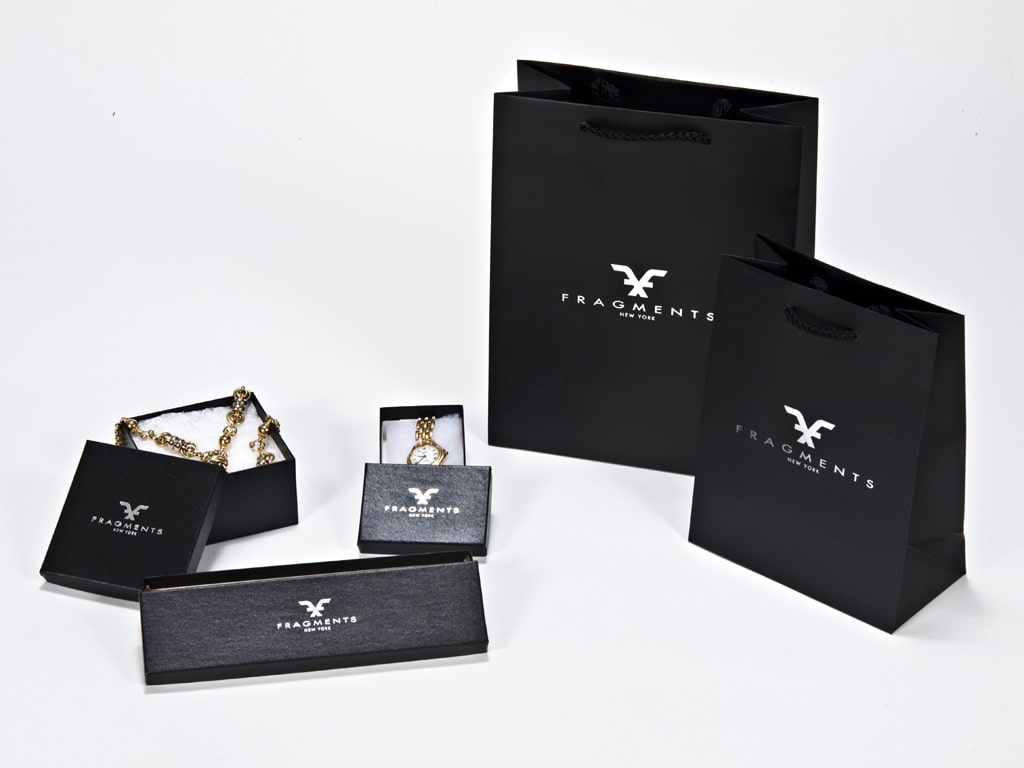
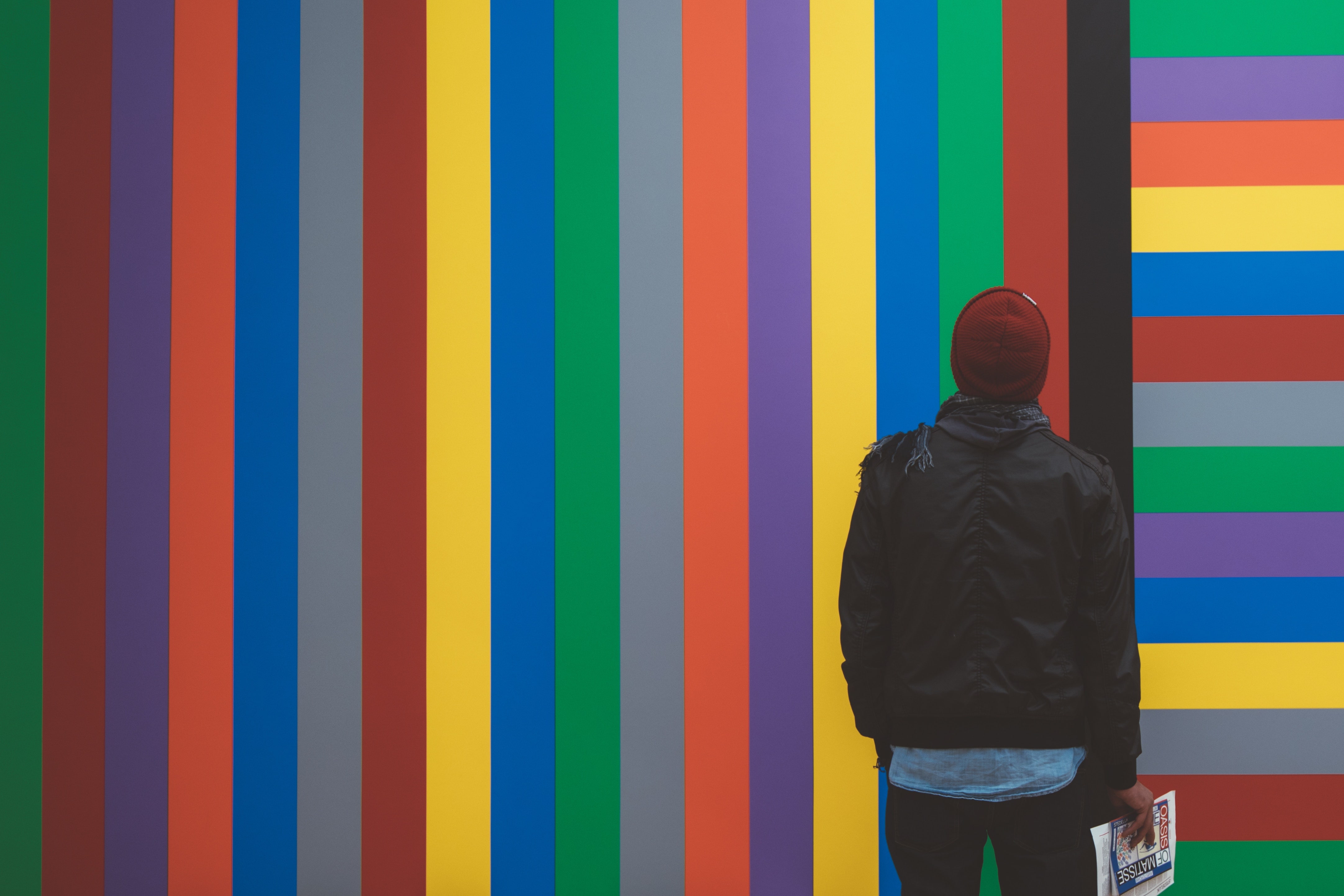
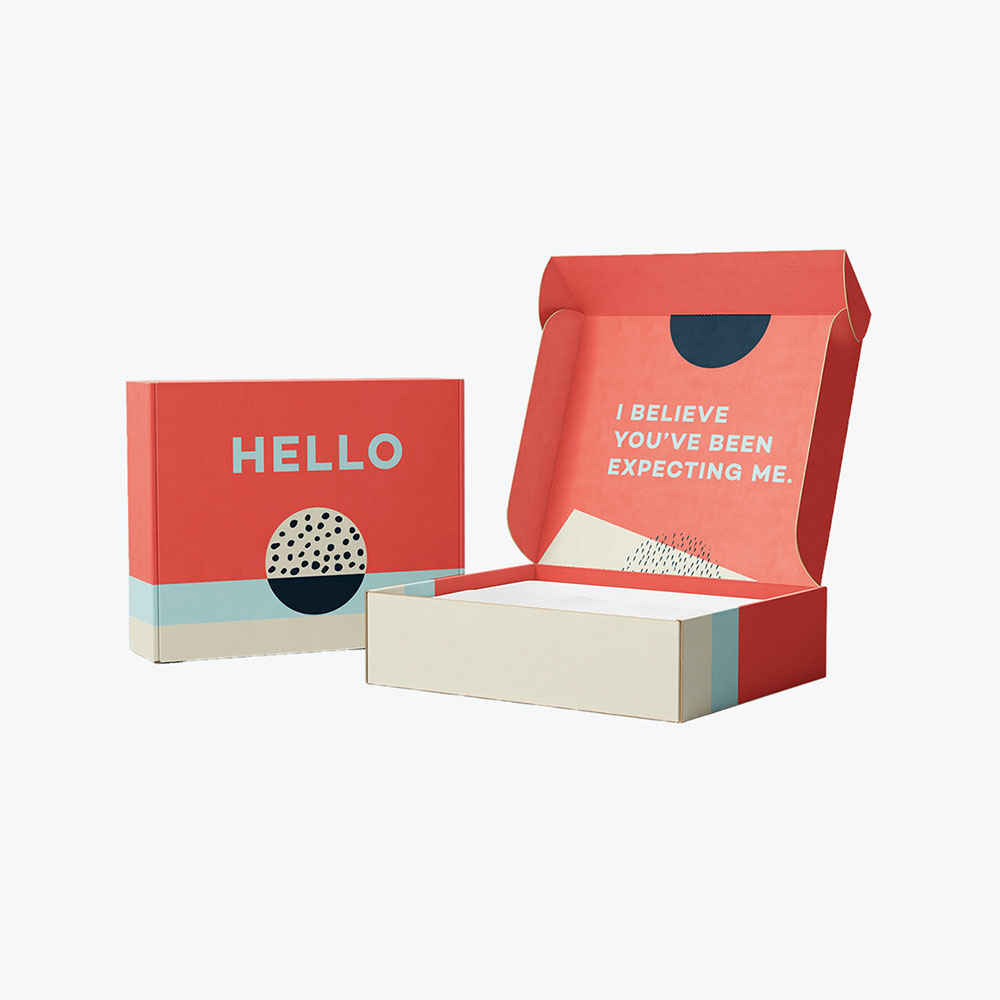
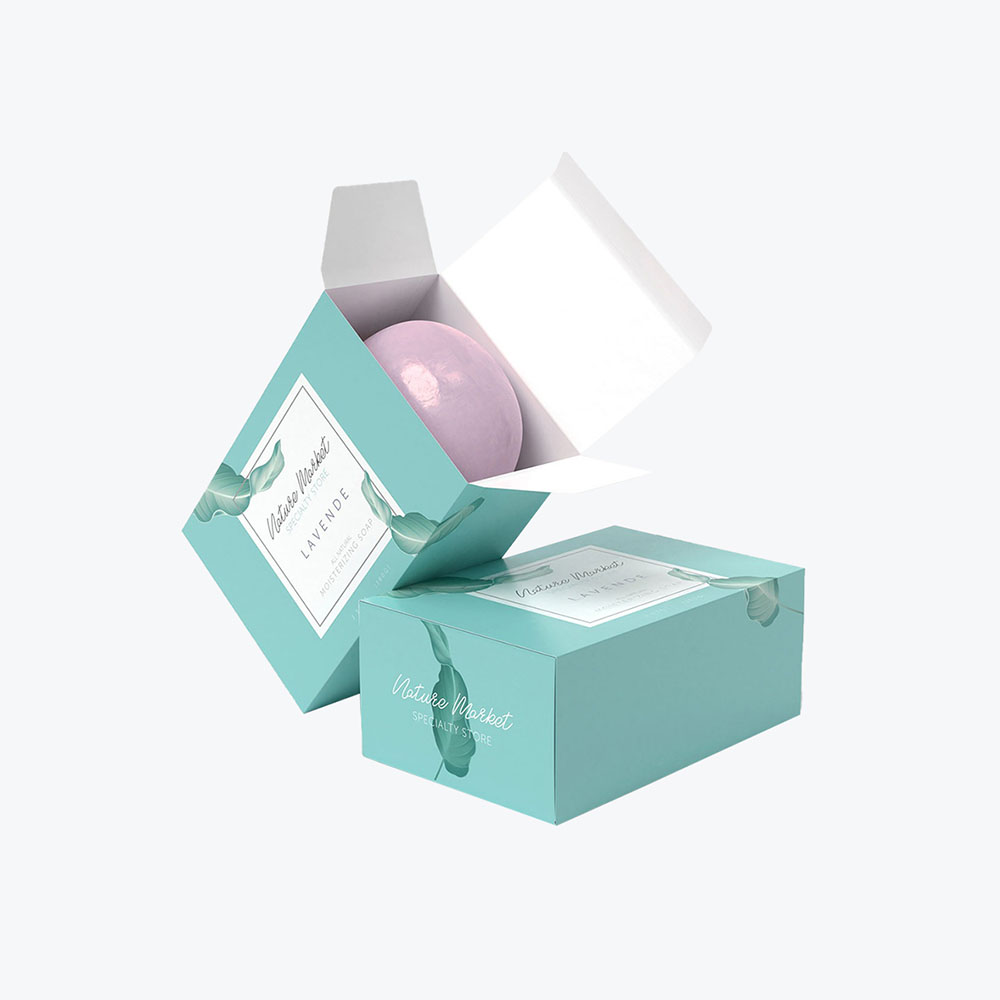
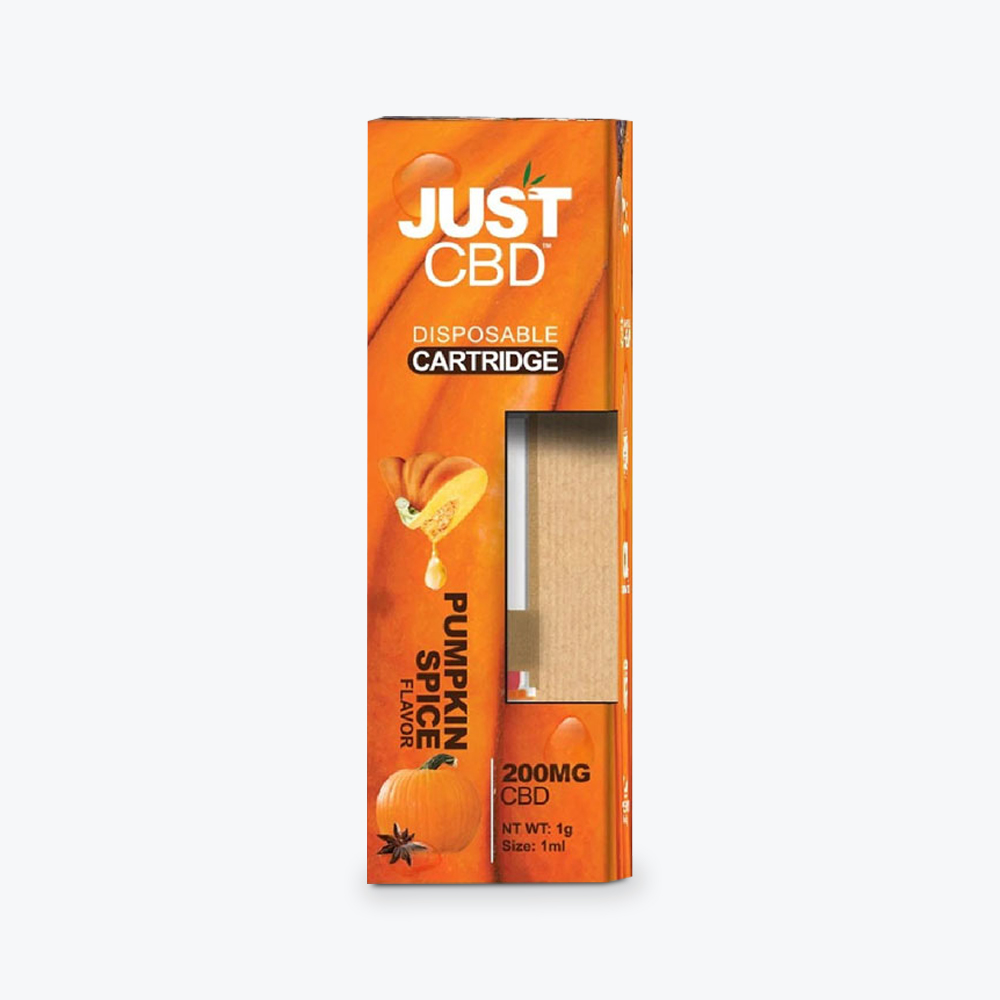
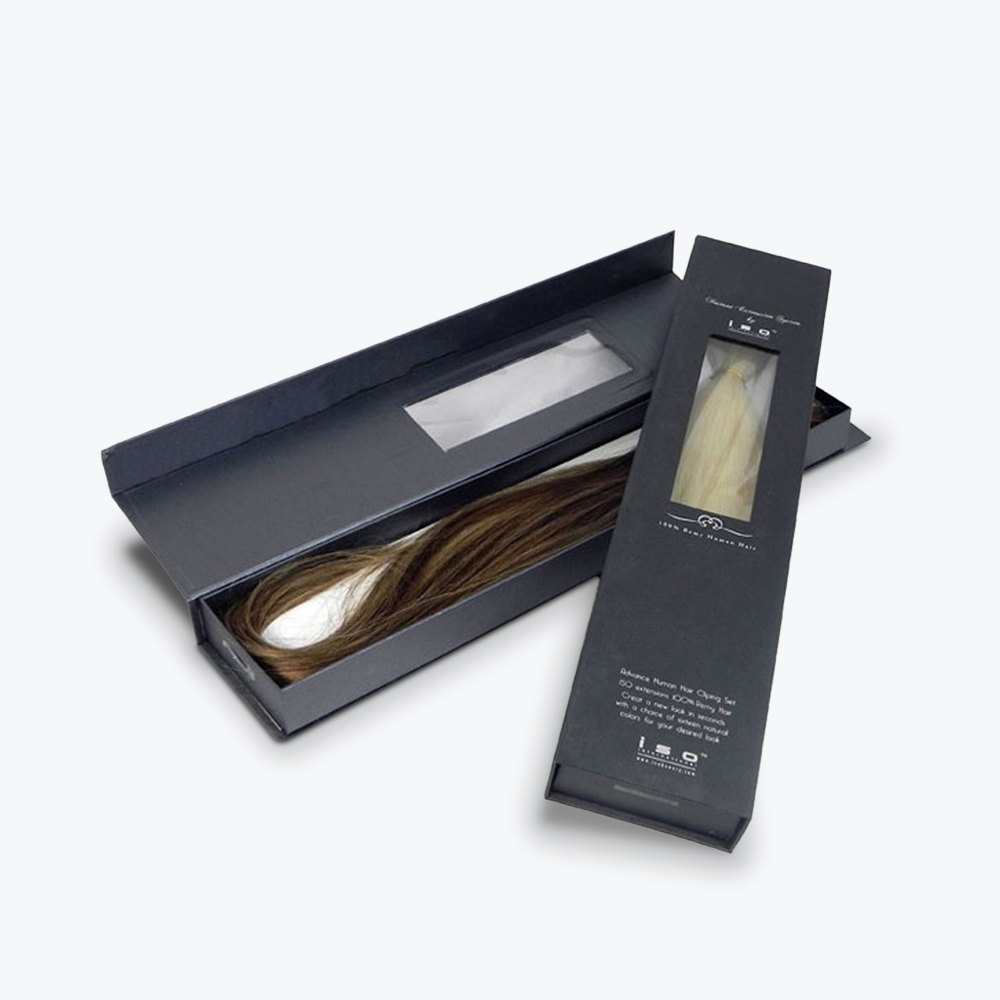


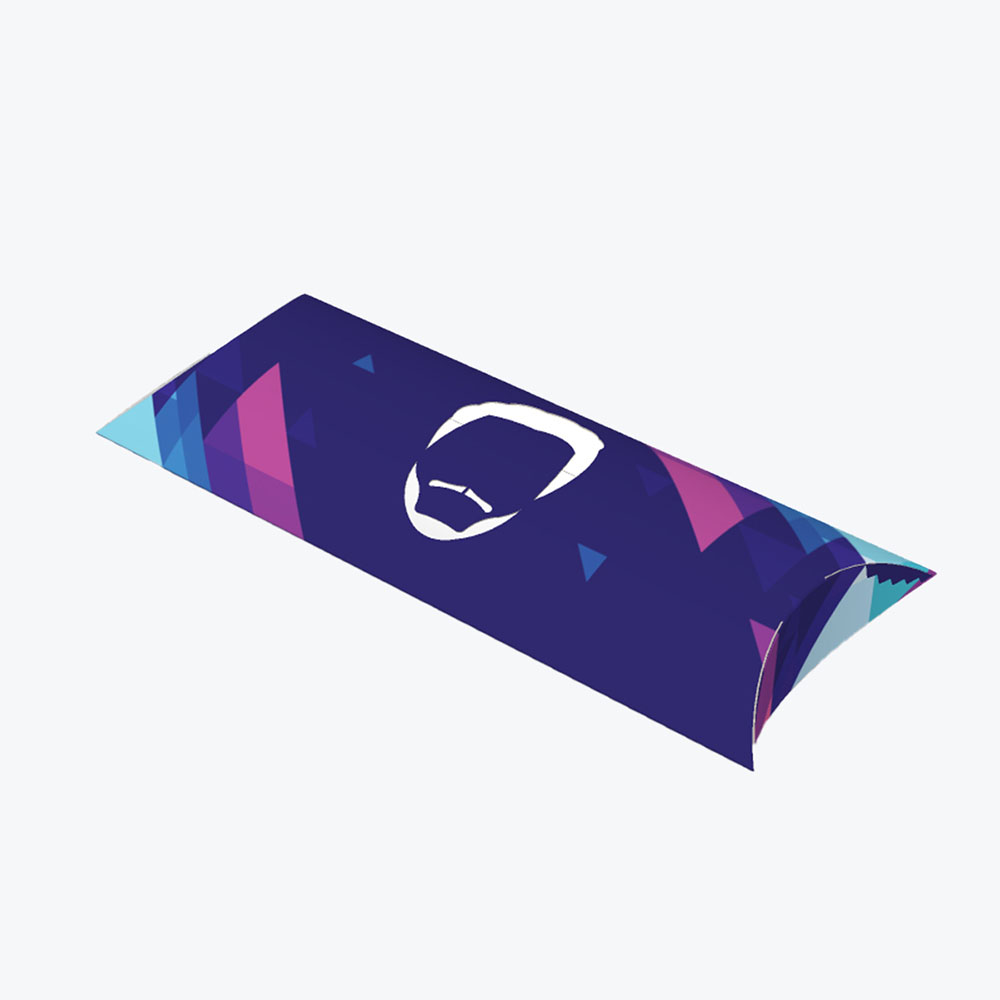

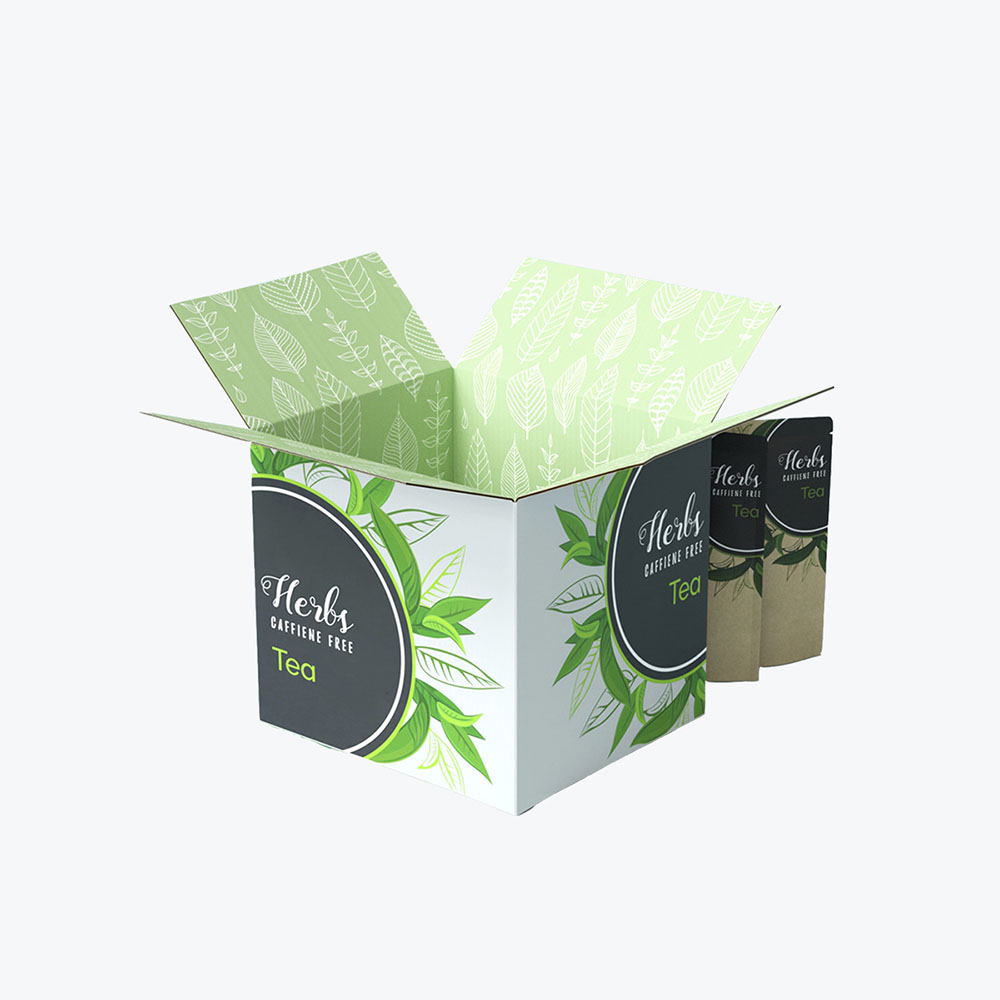

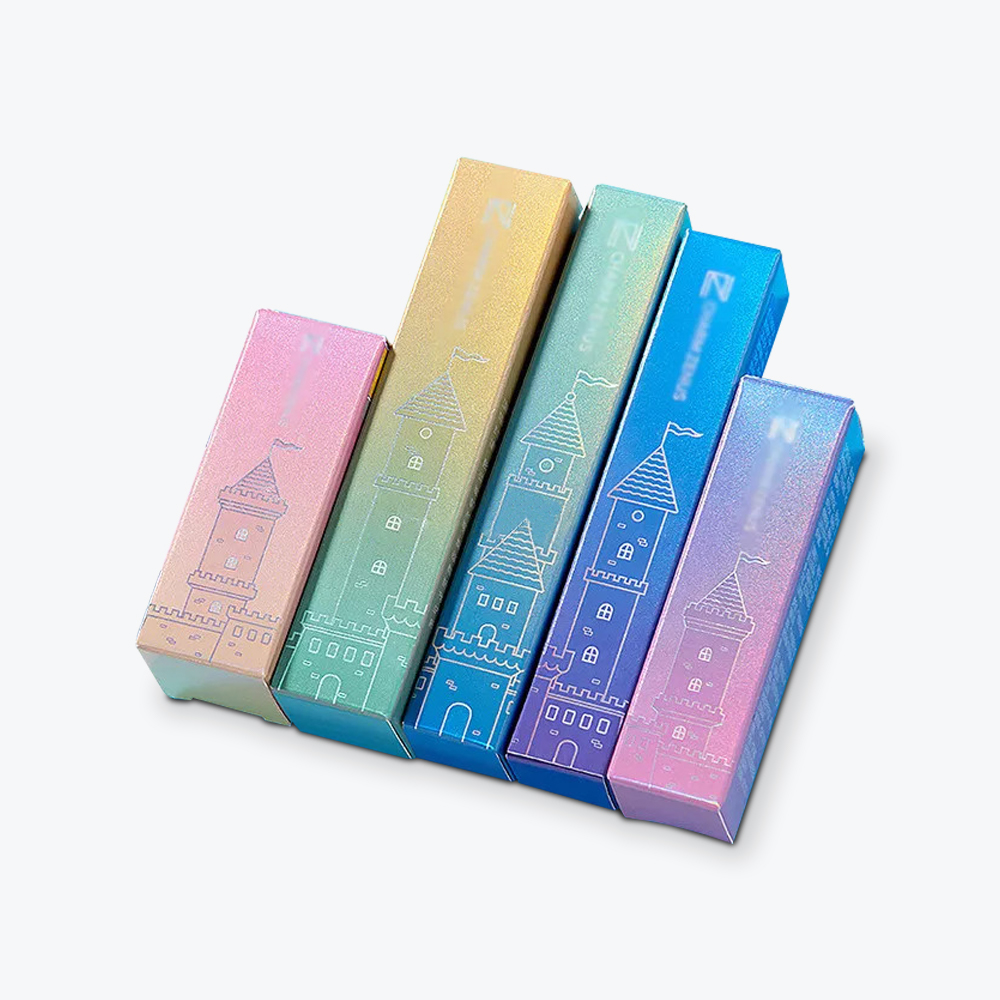

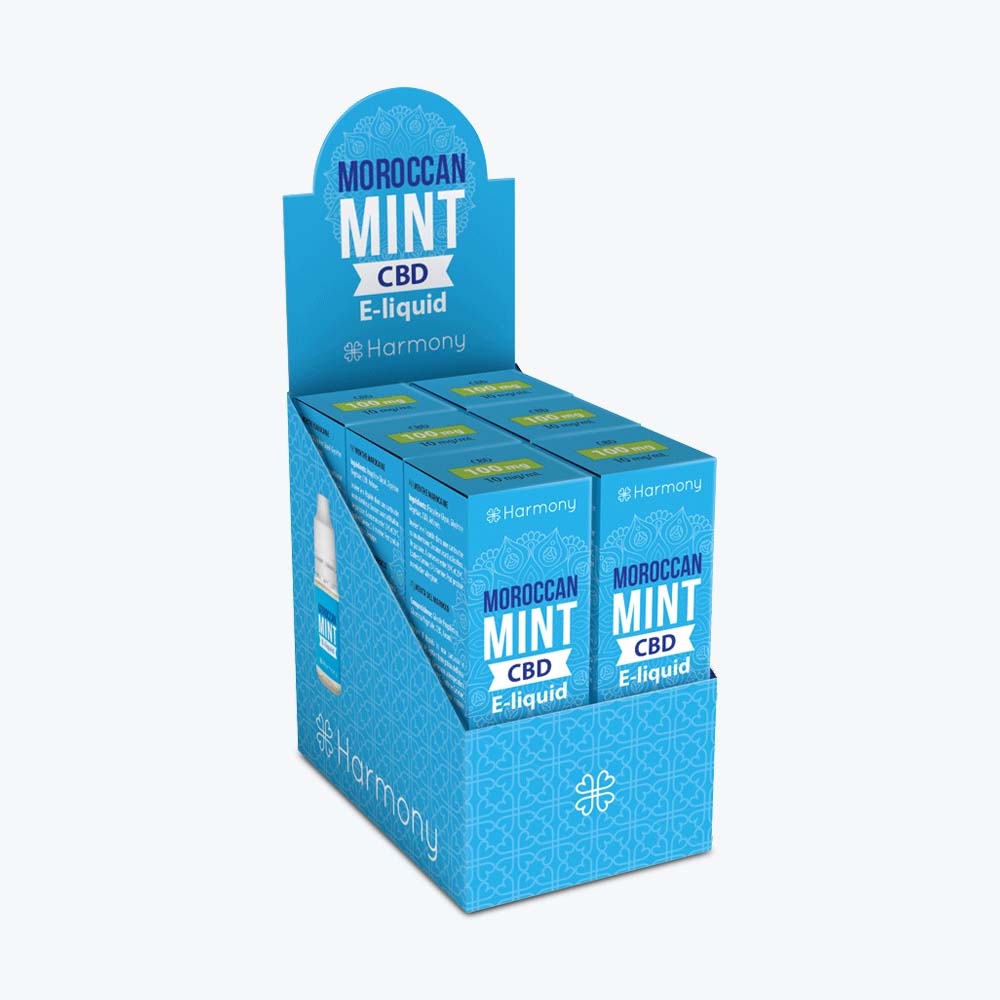
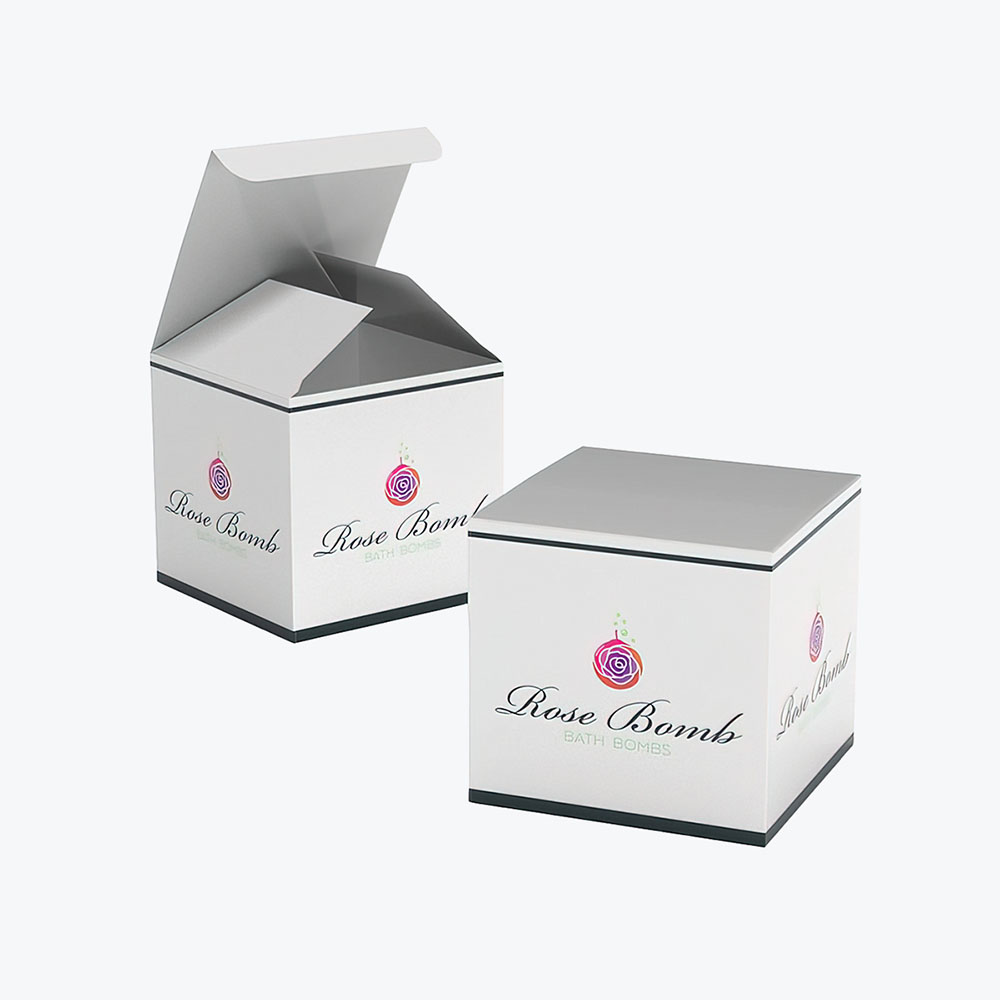
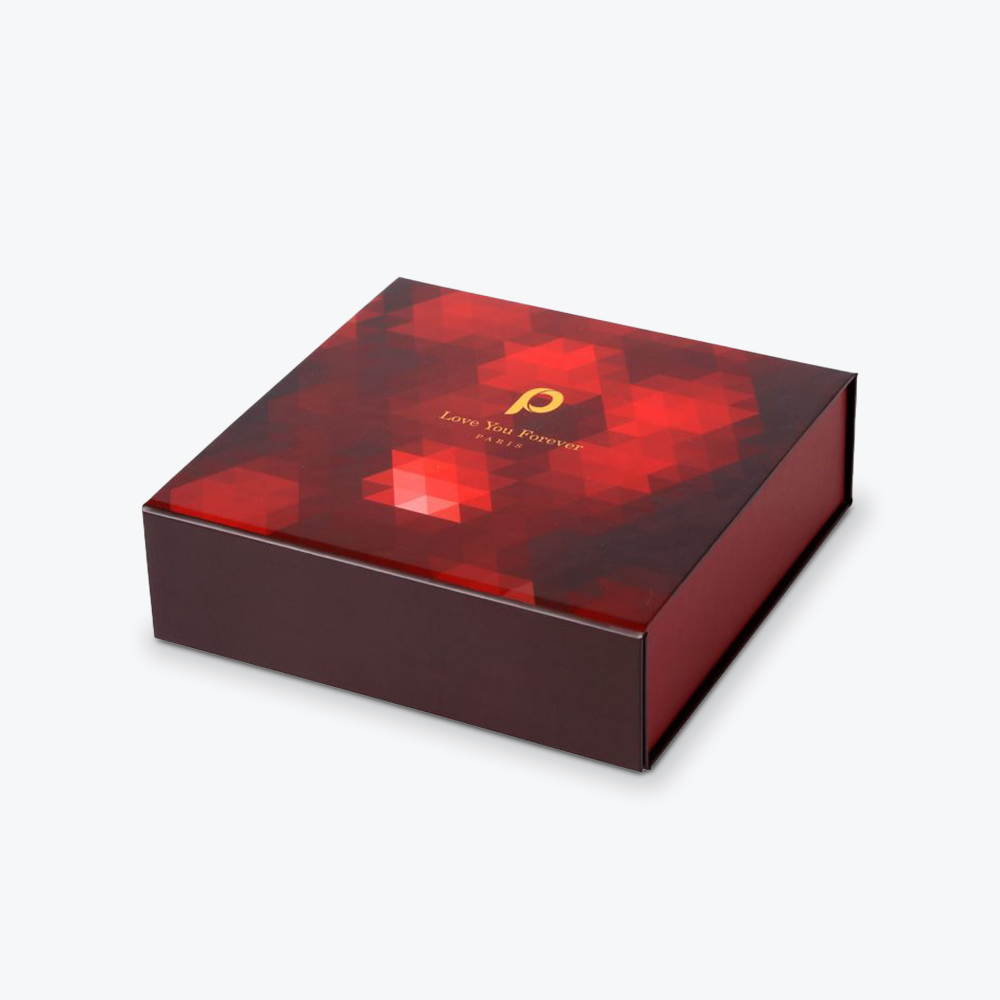
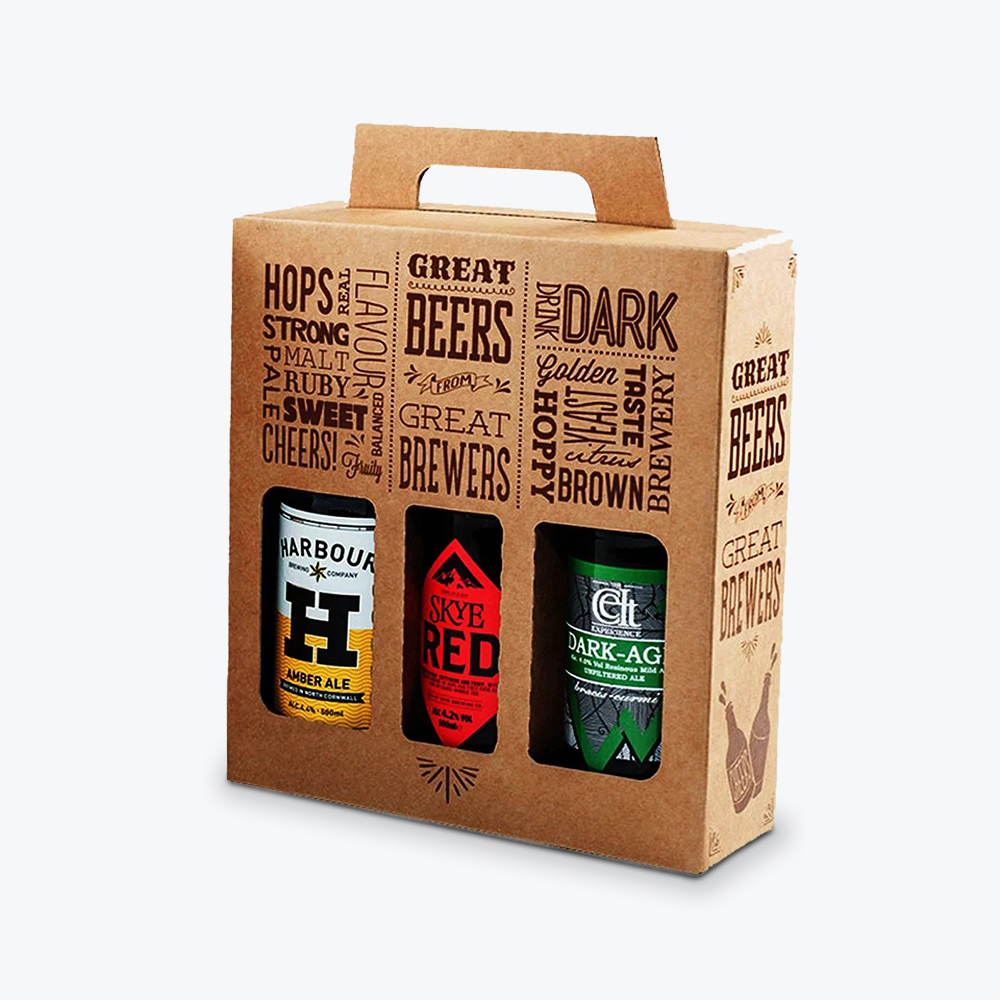
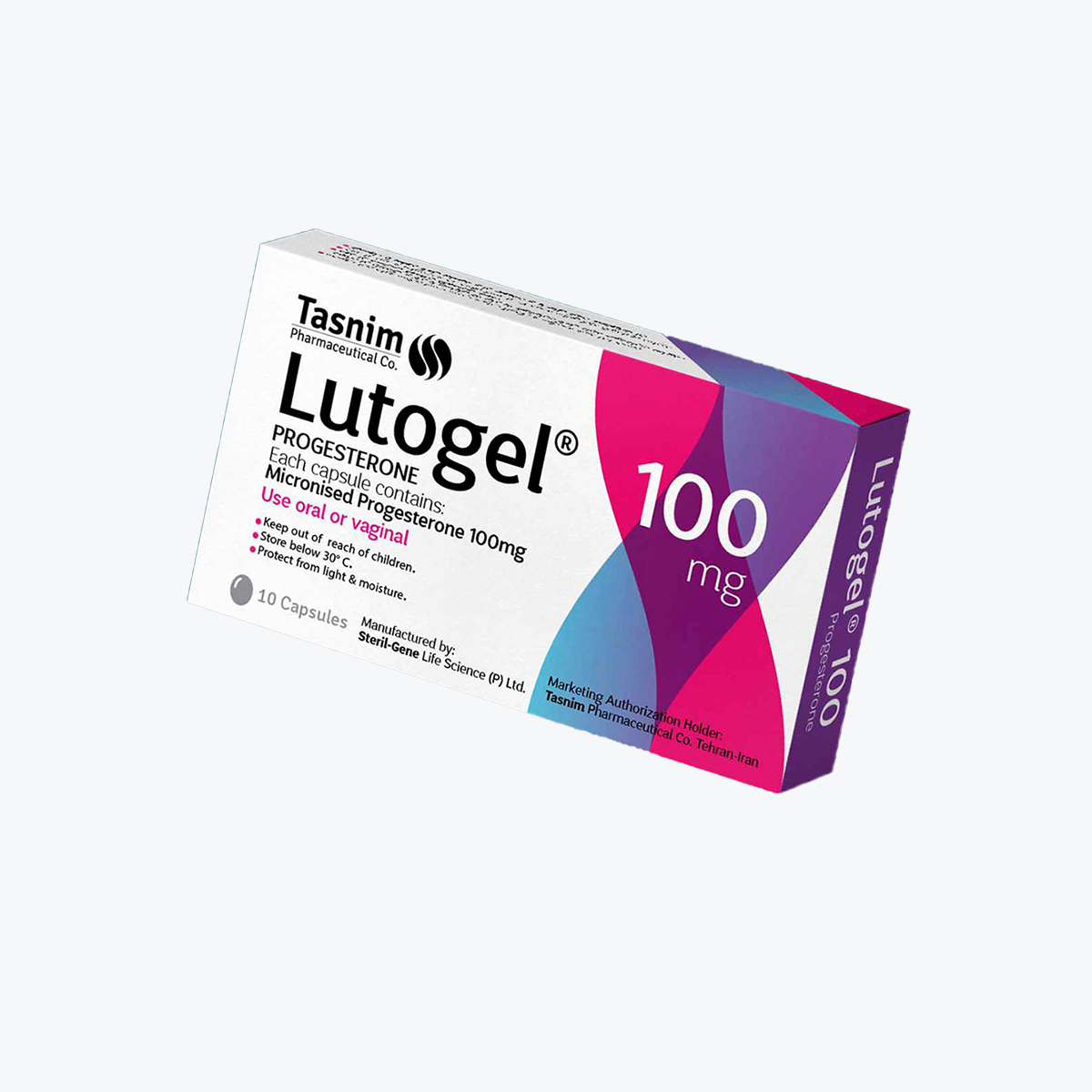
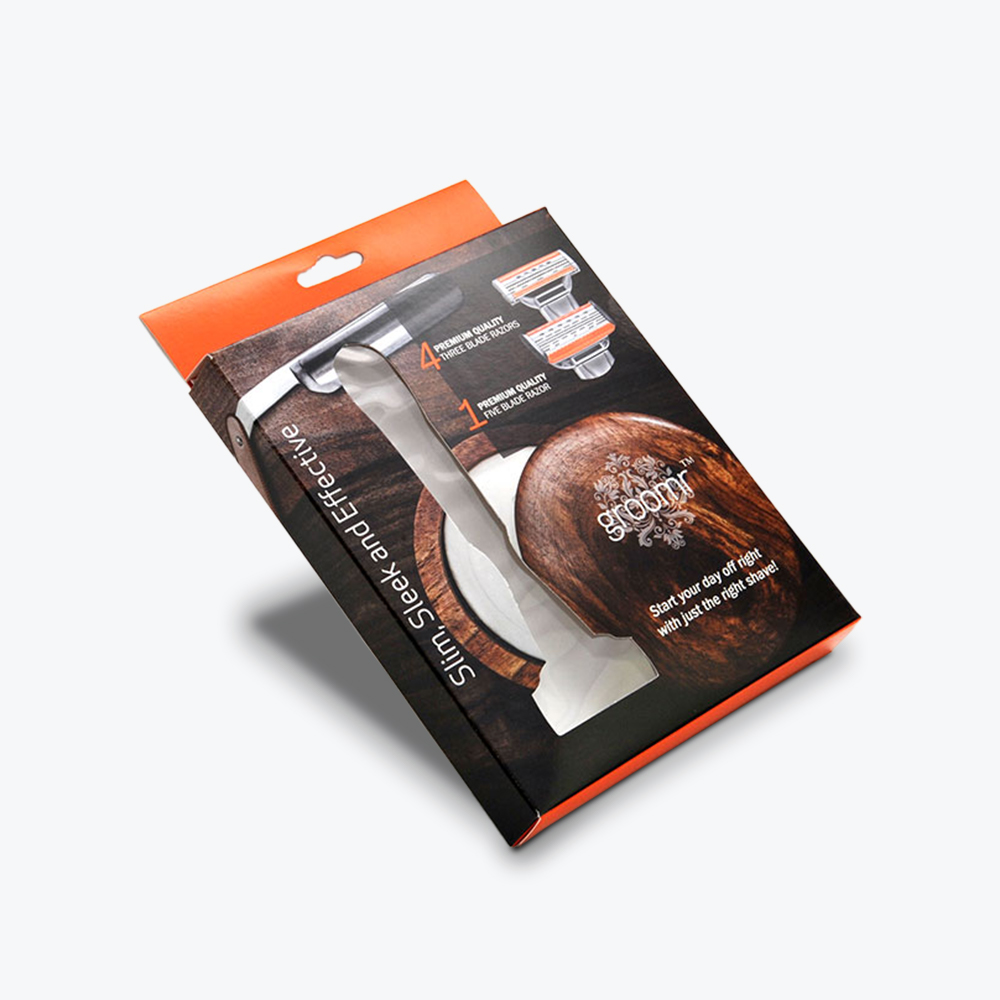
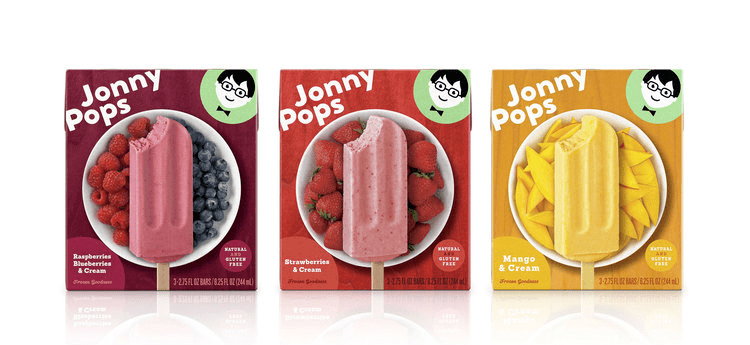

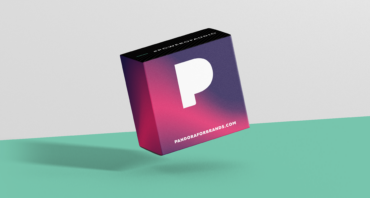

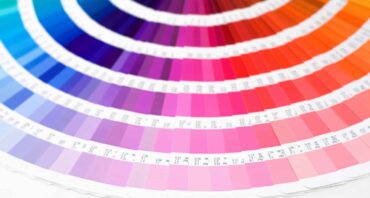
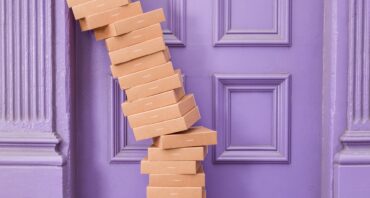


Share